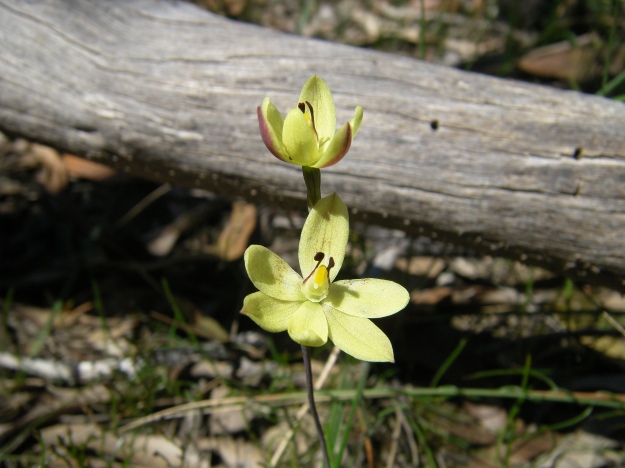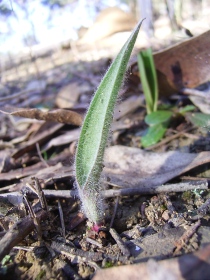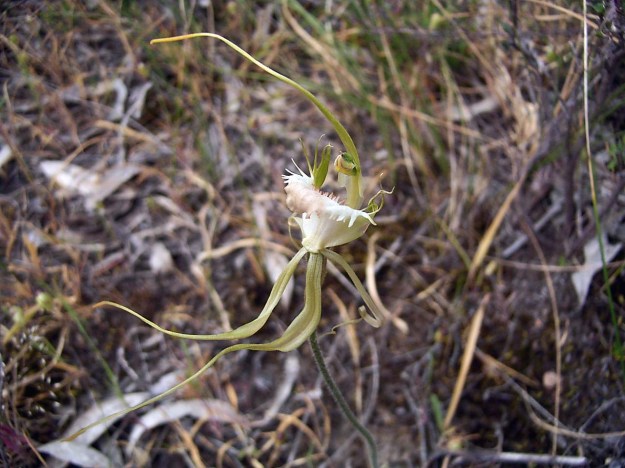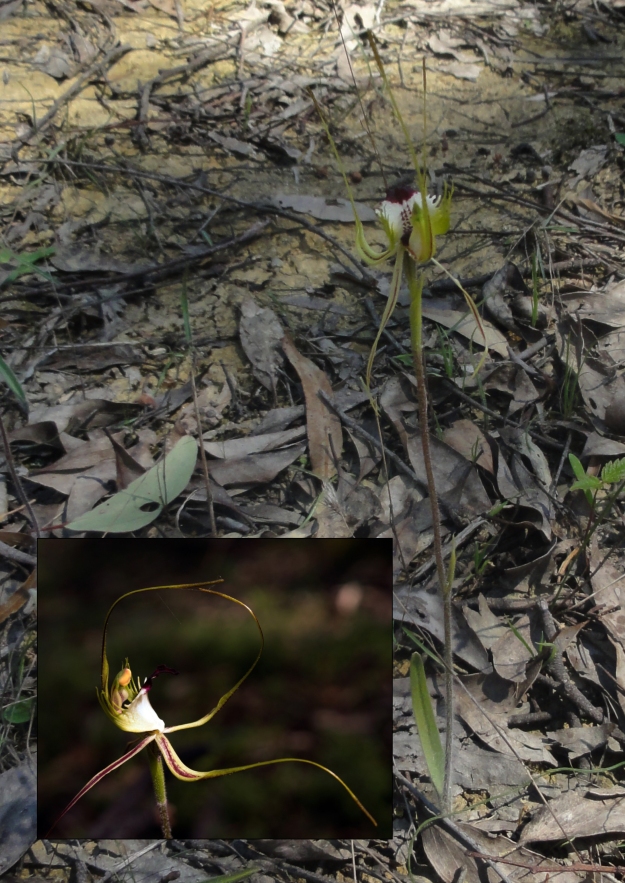Lobelia gibbosa – False Orchid
“It’s summer, and not a lot of orchids are about, but wait, who is that pretty blue flower over there? Is it an orchid? I’ve never seen it/read about this flower before.”
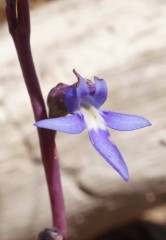
It might be a pretty flower that is fairly easy to stumble across in the bush, but sadly it is not an orchid, and many have confused it as an orchid, thus enabling it to gain the name “False Orchid.” It is not even a lily, but is in the family of Campanulaceae. Since I do not know a lot of information about this plant, I’ve been doing some research and it is really a fascinating plant!
There are several reasons why it can never be an orchid. It is an annual and orchids are not annuals. Although the flower may look like it has five segments, it does not have the distinctive column found in all orchids.
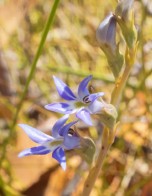 It generally has two to four purple/blue and sometimes white flowers that grow from a maroon coloured stem. The flowers may have a stripe down the center of the petals. Flowering begins in early summer. Interestingly, at flowering time, the plant’s leaves have begun to die down. The plant no longer depends on its roots for survival and can be uprooted and continue to grow. Consequently it is one of the few flowers that can be found following a 40C heat wave!
It generally has two to four purple/blue and sometimes white flowers that grow from a maroon coloured stem. The flowers may have a stripe down the center of the petals. Flowering begins in early summer. Interestingly, at flowering time, the plant’s leaves have begun to die down. The plant no longer depends on its roots for survival and can be uprooted and continue to grow. Consequently it is one of the few flowers that can be found following a 40C heat wave!
It is a fairly widespread plant and can be found in all the states of Australia and even as far as New Zealand and South Africa. It prefers a slightly open area for growth and seems to be able to cope with a variety of weather conditions.
So while it is not an orchid, or even a lily, enjoy it as it is quite a nice flower!
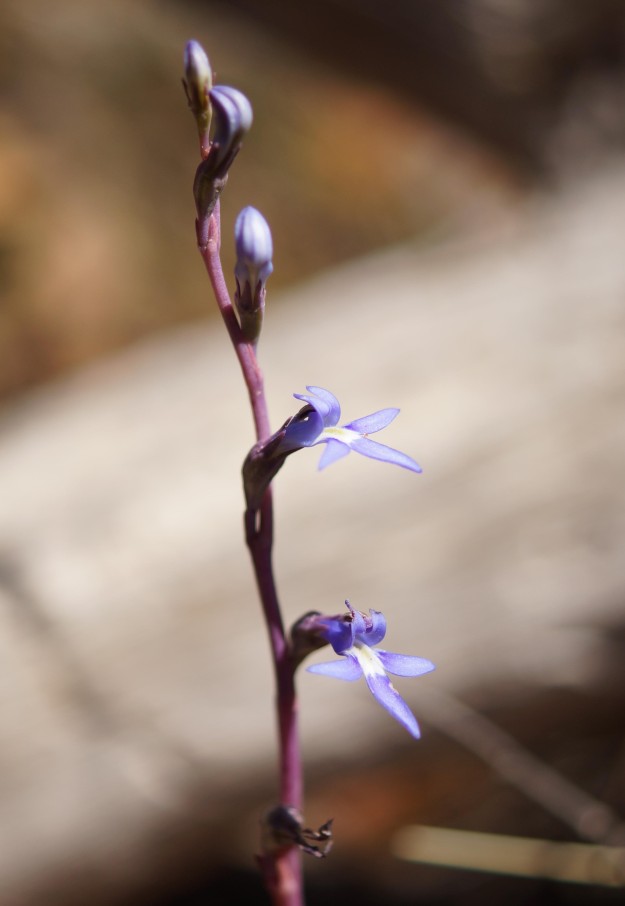
Sources:
Archer, W. 2011. Esperance Wildflowers: Lobelia gibbosa – Tall Lobelia. [online] Available at: http://esperancewildflowers.blogspot.com.au/2011/02/lobelia-gibbosa-tall-lobelia.html [Accessed: Jan 2014].
Friends of Black Hill and Morialta Incorporated. 2013. Lobelia sp. in Black Hill, Morialta and Horsnell Gully Conservation Parks. [online] Available at: http://www.fobhm.org/noframes/lobelia.htm [Accessed: Jan 2014].

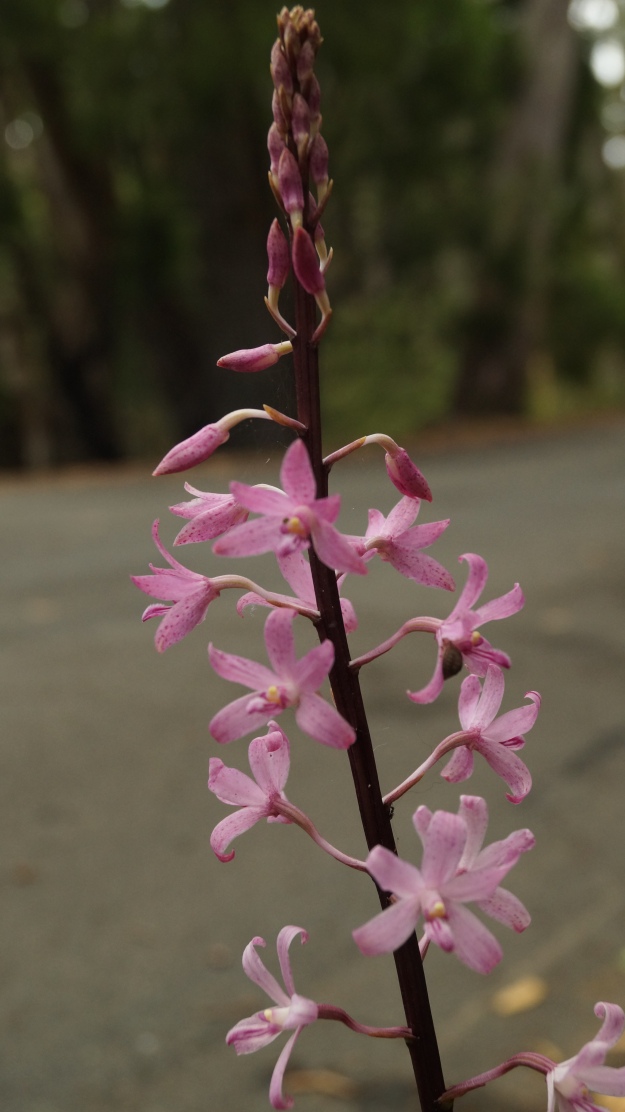

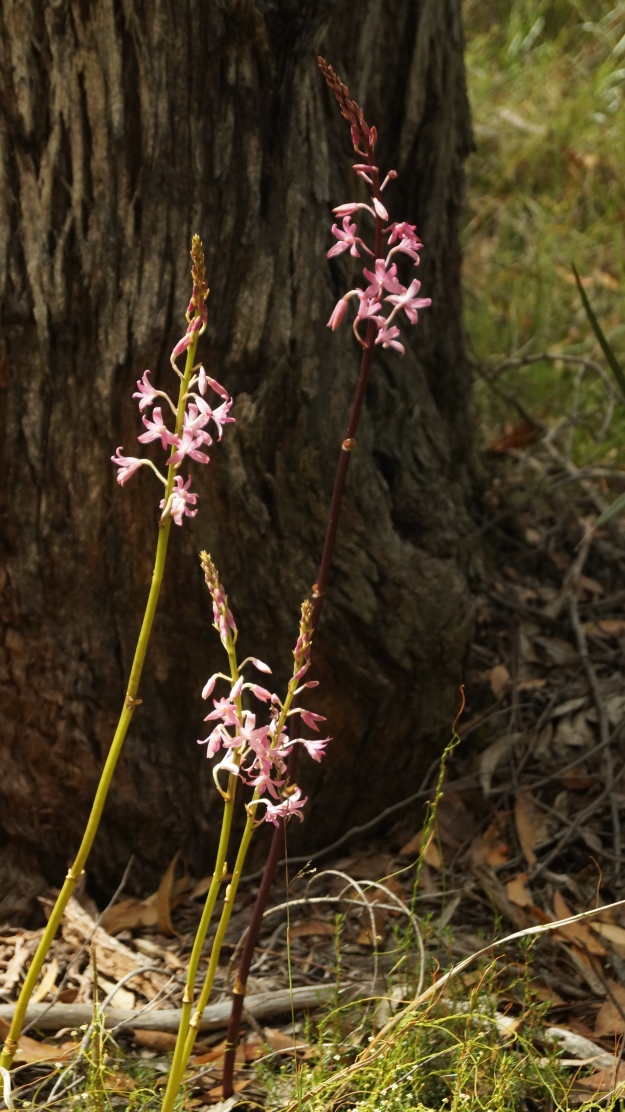 Keep cool/warm depending where you are!
Keep cool/warm depending where you are!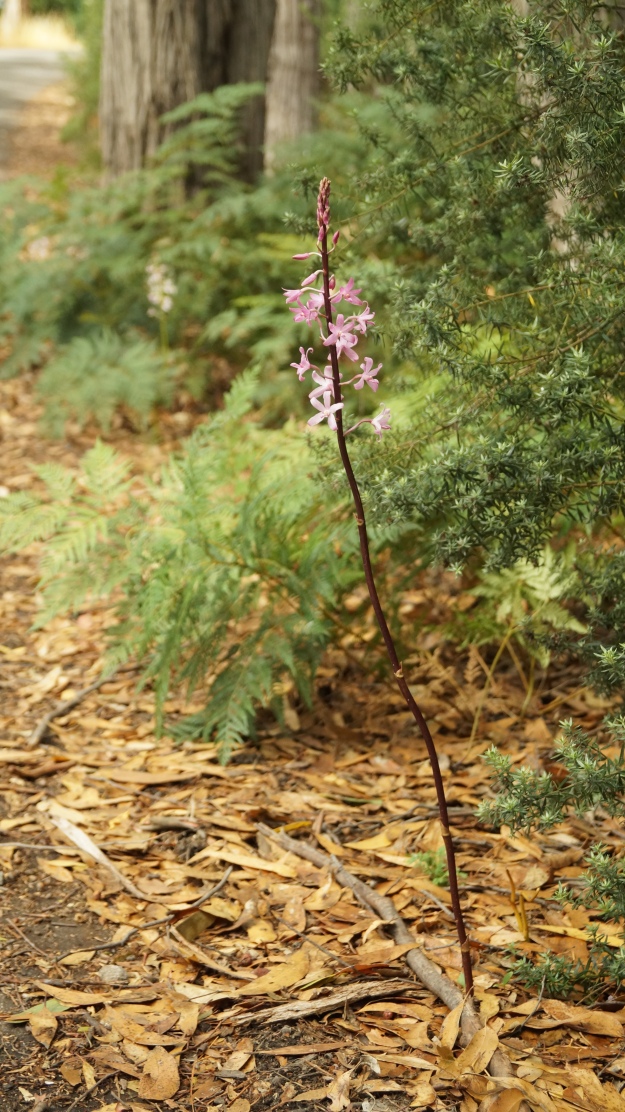 2013 was quite a fun year, and saw OrchidNotes first year anniversary in April at about 100 subscribers and in June we hit 10,000 views. By the end of the year, both those figures had more than doubled.
2013 was quite a fun year, and saw OrchidNotes first year anniversary in April at about 100 subscribers and in June we hit 10,000 views. By the end of the year, both those figures had more than doubled.
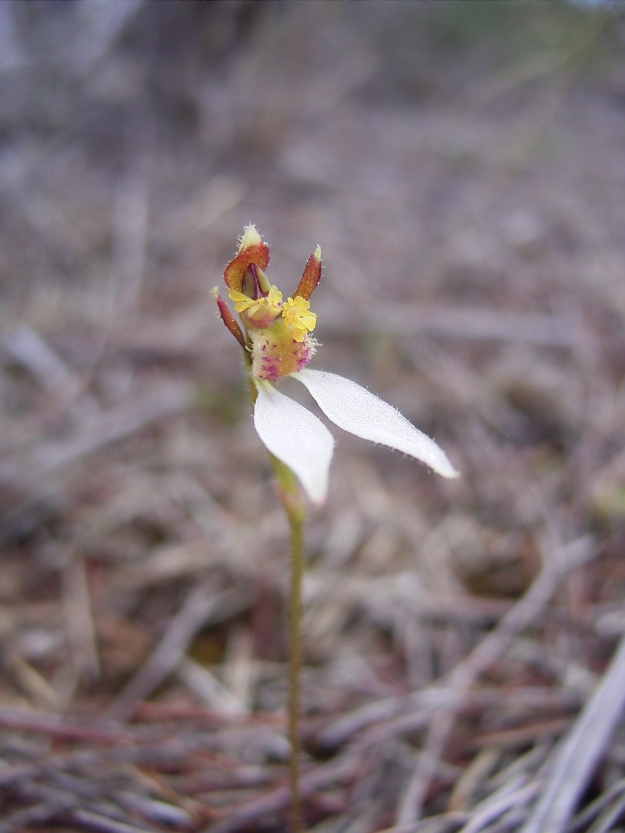
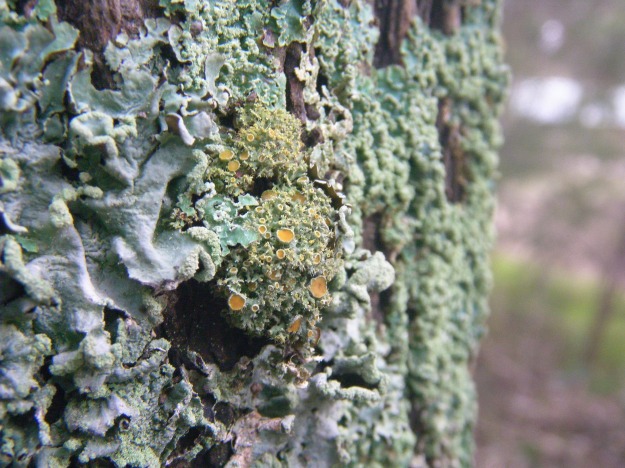
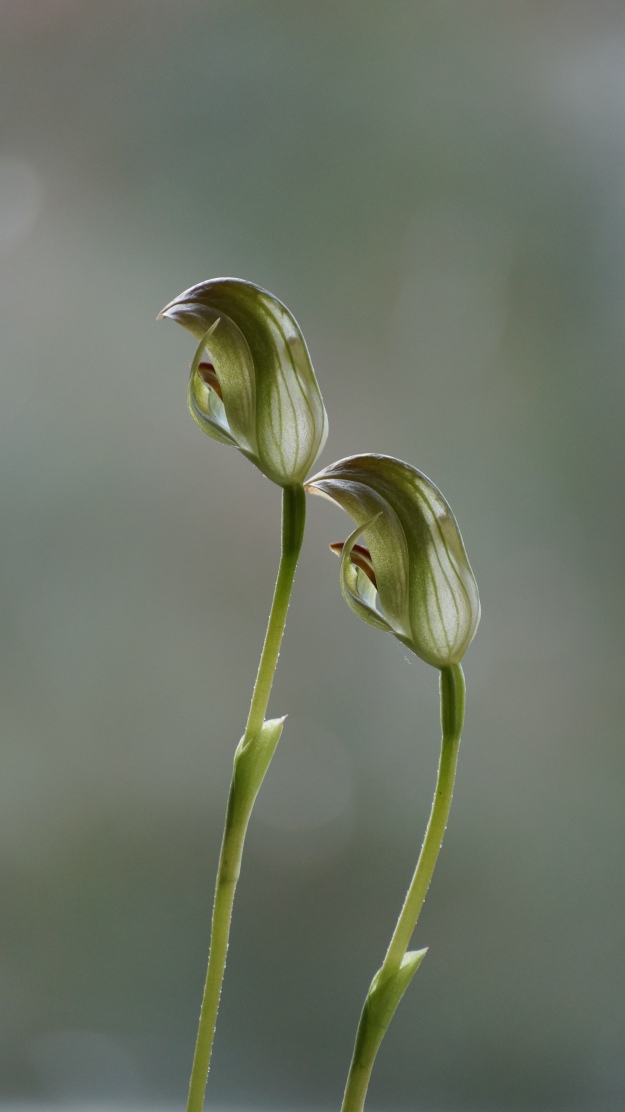
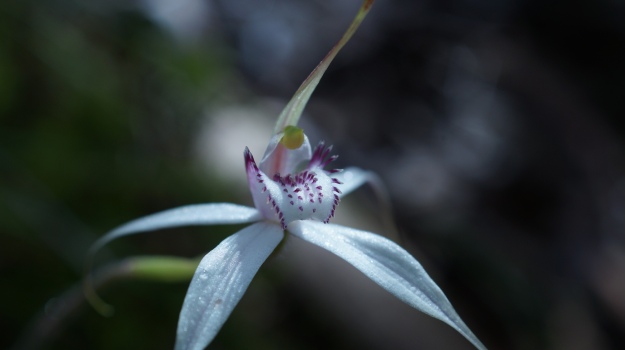
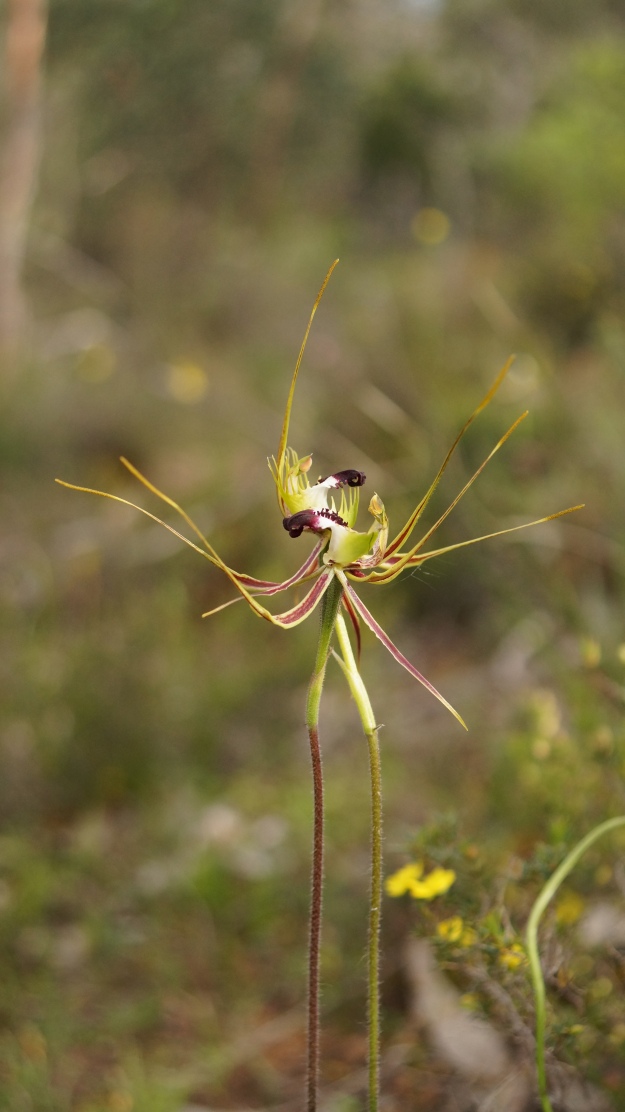
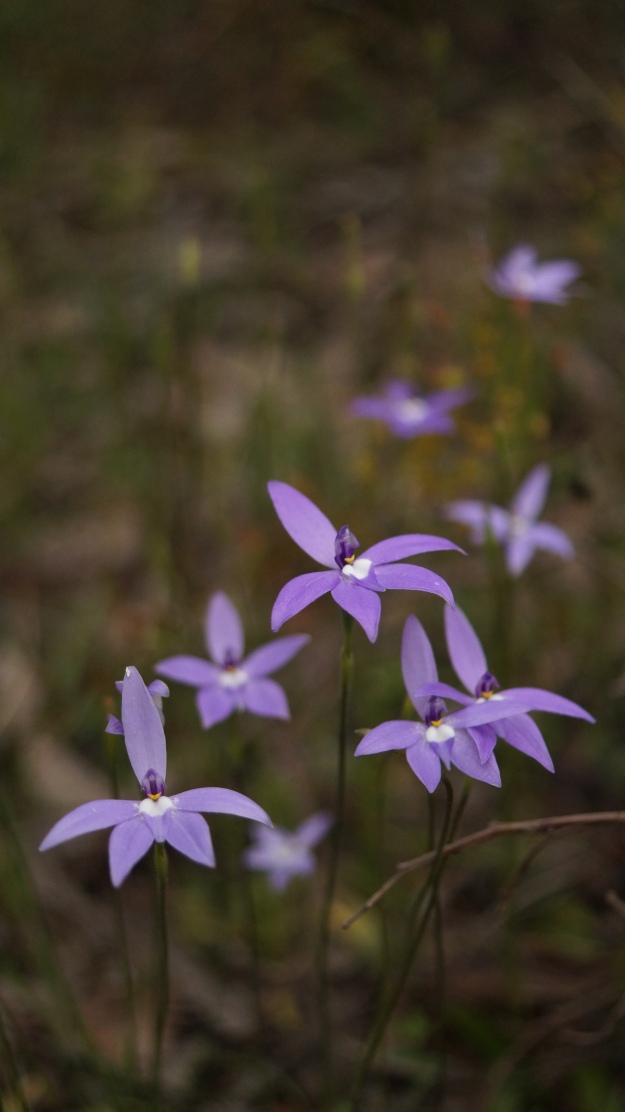
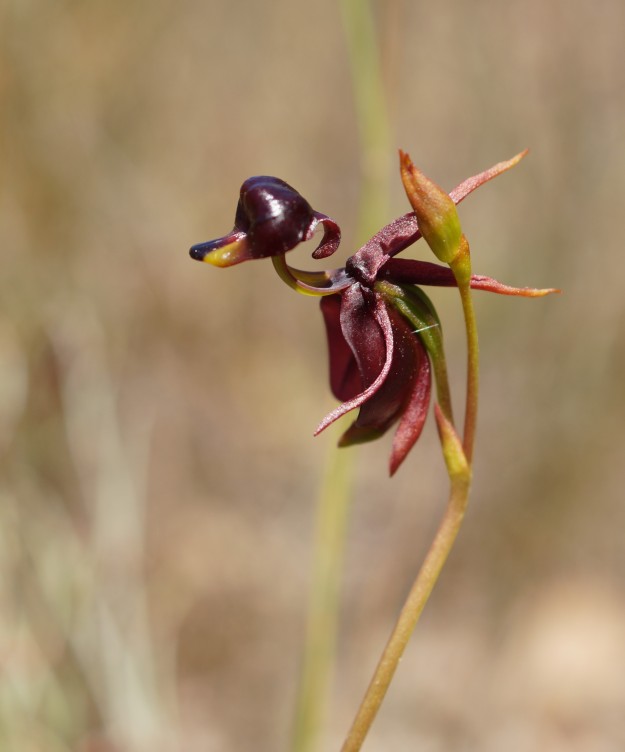
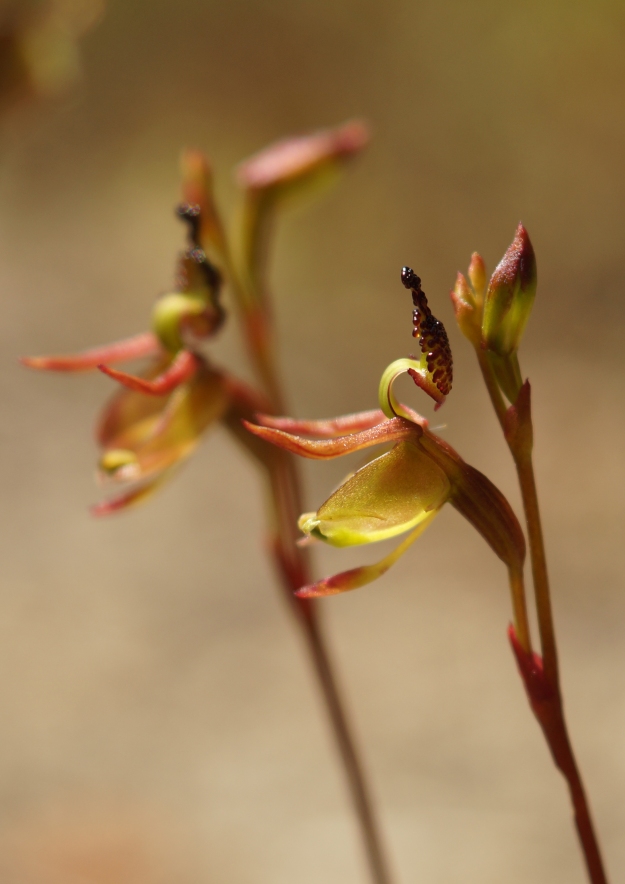 This year finished by seeing both the duck orchids. These are always a favourite and every year I seem to forget that they are smaller than I think! The whole flower of the small duck orchid would be less than 1.5cm high. I particularly like how these two small duck orchids turned out.
This year finished by seeing both the duck orchids. These are always a favourite and every year I seem to forget that they are smaller than I think! The whole flower of the small duck orchid would be less than 1.5cm high. I particularly like how these two small duck orchids turned out.

















